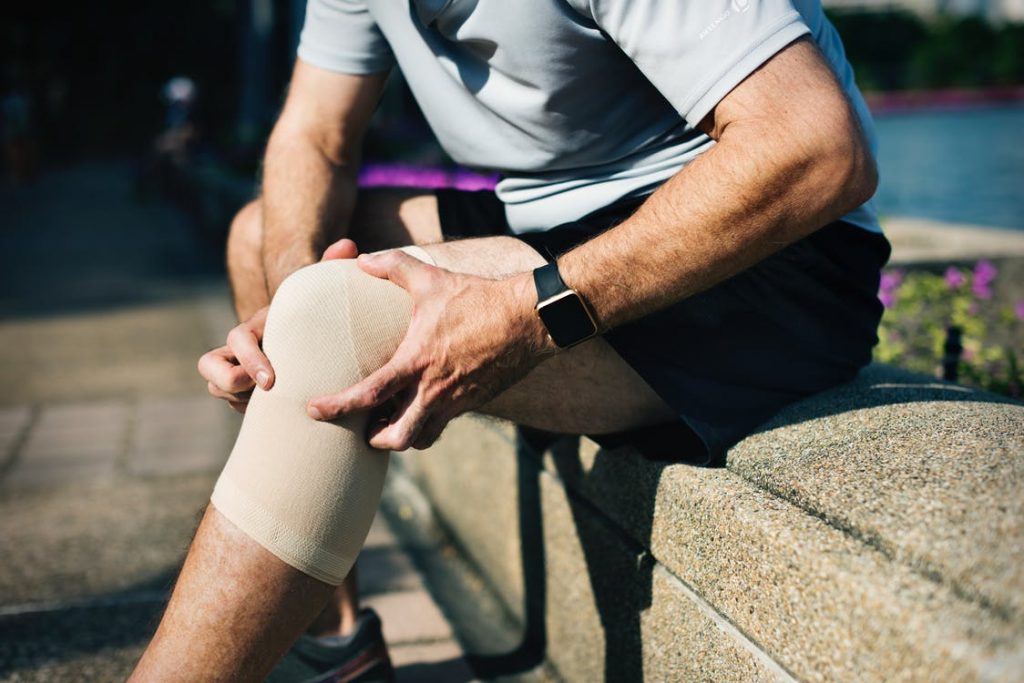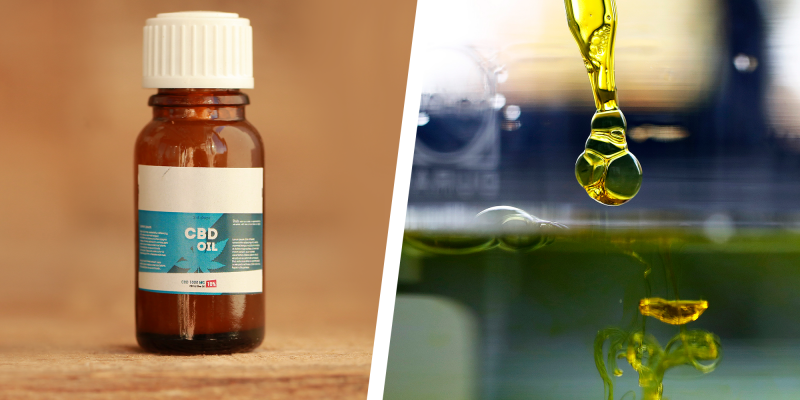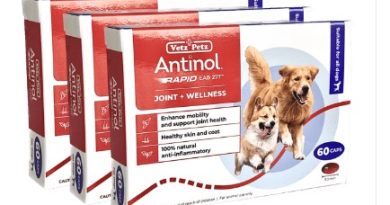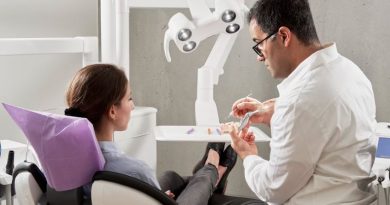A Difference between an Injury and an Ordinary Muscle Pain
- The Time of Soreness/Pain
The first thing one should take into consideration after experiencing pain after an intense fitness session is the time of occurrence. It is confirmed by dozens of testimonials on dedicated platforms such as gym-expert.comthat most people tend to reach the peak of soreness within 24 to 48hrs after they have concluded the session. In addition, muscle soreness should start decreasing or getting better after resting or further training. If this does not happen, and the pain persists after three days, then there might be something more serious about it. It is time to cease your regular program and consider being checked by a professional.
- Distinguishing Between Muscle Soreness and a True Injury
No matter how you put it, three days is a long period, especially if you have suffered a severe muscle injury. As such, you need to be able to make the difference between pain and sore as soon as possible, so that you can take the necessary precautions. However, what factors separate one from the other? For starters, the soreness will always have a tenderer feel to it, sometimes resembling a burn, and generally making you feel tired. Instead of one particular spot, it mostly affects an entire muscle group or area. Nevertheless, real injuries are nothing like that. You will know you have suffered one when the pain remains constant, sharp, and stabbing. Moreover, this is the main difference between grief and sore. If its intensity does not lower, and the spot starts swelling, then you know it is dangerous!
- Ways to Avoid Soreness
Much like the title states, safety should be your No. 1 priority, regardless of the purpose and intensity of your workout routines. Thus, to be able to get ahead of soreness and prevent it, you should first know your limits. Stay hydrated at all times, and make sure you are following an adequate nutrition plan and using the best muscle recovery supplement. Proper nutrition and a correct stretching routine are essential for the post-workout recovery process, but they both need to be determined following your body condition. Remember, each person is different and has an altered metabolism, so once again, knowing yourself, and your body limits are essential. Another measure that can prevent muscle soreness is allowing a couple of days’ rest between your workouts, and alternating your routines.
- Ways to Relieve Pain
Whether it is just a simple sore, that will pass in three days, or you have suffered a severe injury, the one thing both have in common. It is a pain. Nobody says you have to endure it up to your boiling point bravely. There are also a couple of measures you can take to improve it. When it comes to muscle pain, you can always try applying cold or hot therapy over the area, to ease the pain. Stretching might seem difficult under these conditions, but it is also one of the best ways of reducing the inflammation and alleviating the pain. Then you can try taking over-the-counter medication, but only as a last resort. In addition, if it does not do anything for you, then you will know that what you are suffering from is a lot more than dull muscle soreness. Therefore, it is about time you consult an orthopedic specialist and seek professional treatment. The need for the latter is another essential difference between pain and sore.
- Conclusion: It’s Not the End of It
Most people would do just about anything to avoid getting himself or herself checked by a real doctor. It is a well-known fact; derived from each person’s misconception that once an official diagnosis is given, all physical activity will stop. Moreover, let us face it, how many of us would go for that? Life is movement and stillness…not so much. However, seeking professional help does not necessarily mean you will have to stand still from that moment on. Much like the difference between pain and sore, the diagnosis and treatments will also differ. Nevertheless, unless your injury is critical, none of them means you have to stop working out altogether. Ask the doc for an alternative set of exercises, one that is safe for your current condition. In nine out of ten cases, there will be some activity you will be able to perform until you are completely healed.




